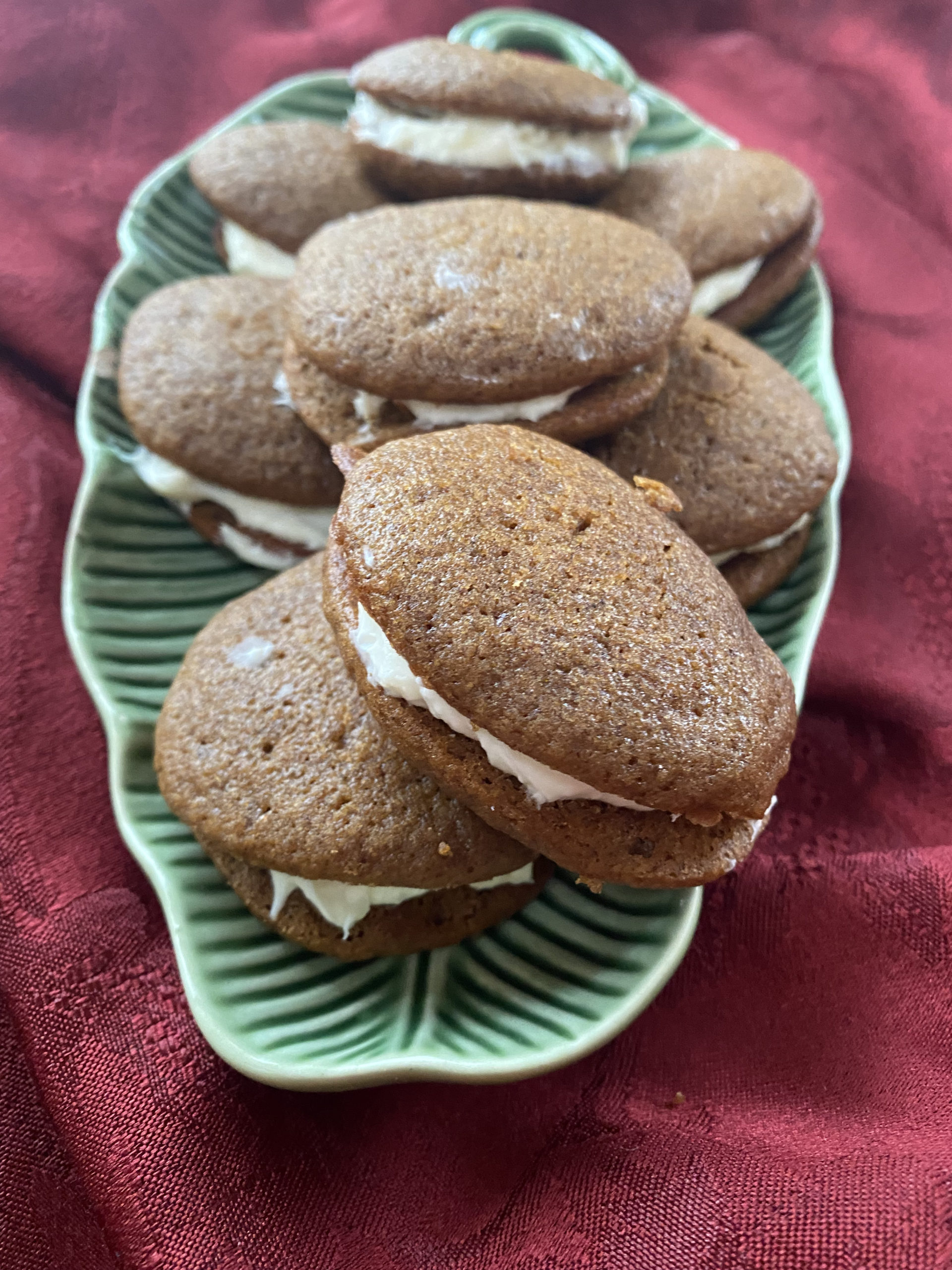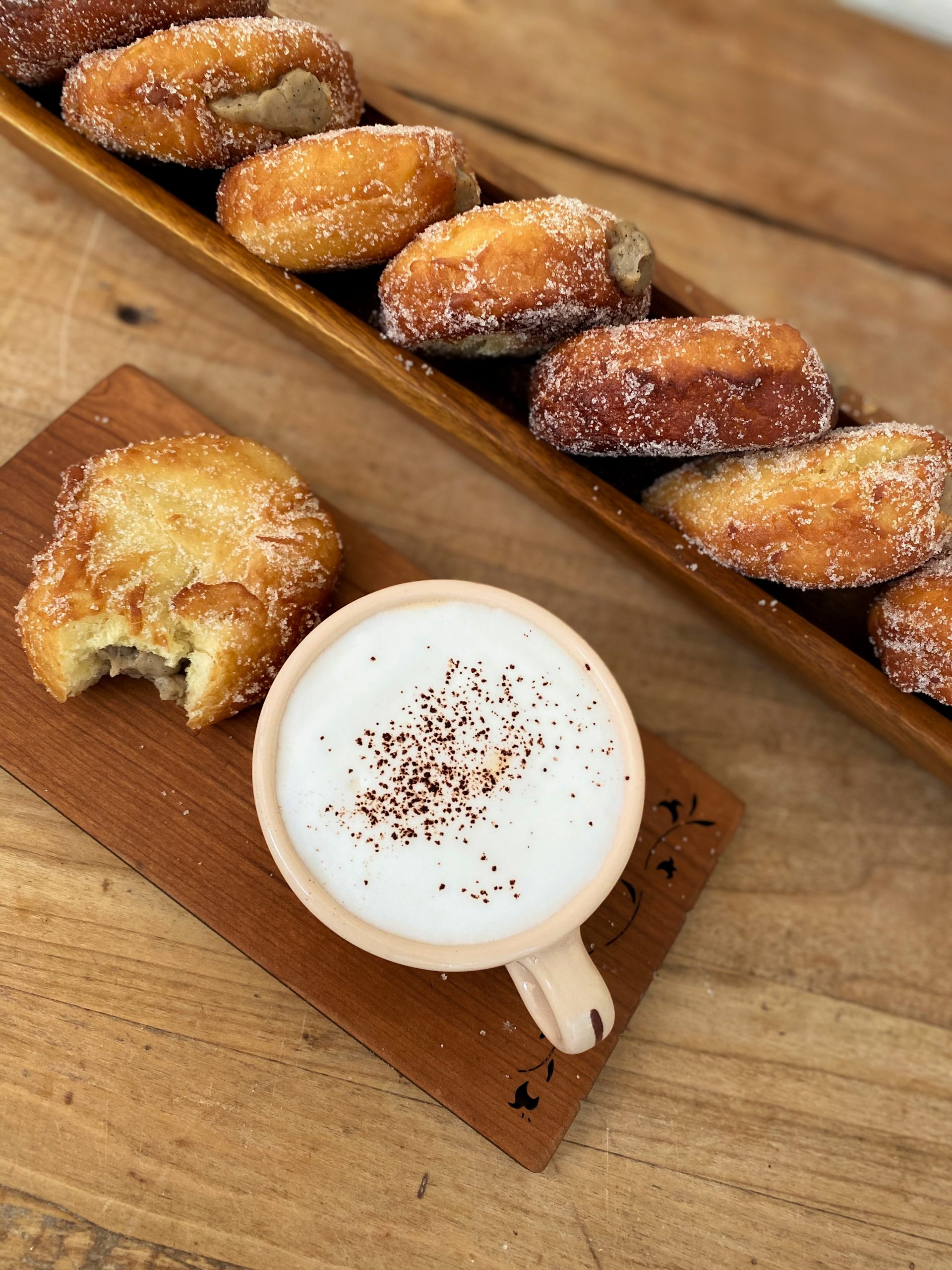We are not a soda family, and I have to say I’m kind of proud of that, especially with all the news surrounding the health issues associated with drinking too much soda. Couple this with the cost of drinking soda (both on the environment and our pocketbooks), and I’m happy that I’ve cut my own college-day habit of drinking Diet Coke morning, noon and night.
Instead, we’re a water-drinking family. No, not the pristine spring water bottled-at-source kind that is shipped from places far away. Instead, we drink water from our tap, filter it through a carbon filter, and tote it around in our own stainless steel bottles wherever we roam so we can sip down our requisite amount of water a day.
But, stat istics t ell me that I’m not like most Americans. As reported on MSNBC, Americans consume an average of 22 teaspoons of sugar a day, more than twice the recommended amount . . . and, most of that sugar comes from soft drinks and candy. In fact, government data reveals that about 10 percent of the calories in our diets can be attributed to sweetened soft drinks.
As for bottled water, I refuse to buy it unless I’m in a pinch. Not only is there evidence that bottled water is no better for your than tap water (although there have been studies indicating tap water in certain cities is less than perfect), but the cost on our pocketbooks and the environment is alarming.
Americans consume over 30 billion liters of water out of some 50 billion (mostly plastic) bottles made every year. And, according to The Beverage Marketing Association, in 2008, bottled water comprised over 28 percent of the U.S. liquid refreshment beverage market. The only bottled drinks Americans consume more of are carbonated sodas like Coke and Pepsi.
Further, a 1999 study conducted by the National Resources Defense Council (NRDC) found that “an estimated 25% or more of bottled water is really just tap water in a bottle, it hardly warrants the almost 1000% mark-up. Bottled water, in fact, differs very little in taste and smell from tap water.
As for costs, bottled water can cost up to 1,000 times that of tap water, and from an environmental perspective, the amount of plastic and cans saved by cutting your soda and bottled water obsession is huge. When taking a look at bottled water alone, the Food and Water Watch notes that, “Bottle water produces up to 1.5 million tons of plastic waste each year. And while the plastic used to bottle beverages is of high quality and in demand by recyclers, over 80 percent of plastic bottles are thrown away.”
Clearly, our soda and bottled water-drinking habits are taking their toll – on our bodies, the environment and our pocketbooks.
About a year or so ago, I heard about Soda Stream. By attaching a one-liter bottle of tap water to the machine, the SodaStream infuses air into the water, making it carbonated.
Then, using a collection of naturally flavored soda mixes, you can create your own cola, root beers, and other carbonated drinks – for a fraction of the cost, and no sugar, preservatives, oraspartame. The result is a soda that is just as tasty, and much healthier than you can buy at the store.
I was mildly intrigued with the concept of making my own soda – choosing my own flavors, saving money and enjoying something a bit more healthful than the store-bought sodas. But still, we weren’t a soda family, so I didn’t pursue it.
Then, a few months ago, I came upon a 6 X 6 X 12-foot cage filled with 10,000 empty cans and bottles while passing by the booth at the In ternational Home & Housewares Show, and I just had to venture in. (The display represented what the average Chicago family will typically consume in a 5-year period).
I tasted, I inquired, and I learned a lot. “What a great option for my friends who are tempted by the $1 a bottle sale for liters of soda,” I thought to myself. “Or, for the countless other Americans who down liter after liter of soda pop throughout the day. The SodaStream is a great product for them – it would better their health, save them money, and not add to landfills.”
I had always thought Soda Steam was for the ‘other guy.’
Then, a few weeks ago, a SodaStream landed on my doorstep and I had the chance to try it out myself. The kids were excited, although I have to admit I was a bit reluctant to introduce a whole slate of sodas to my non-soda drinking family. But we dove right in and started to create homemade root beer, cola and sparkling grapefruit drinks. The family was impressed.
This is when I really started to think about the cost savings for those families who consume lots and lots of soda.
According to Beverage Digest, Americans spent a whopping $73.9 billion on regular and diet carbonated soft drinks in 2009. But, by switching to SodaStream, the company claims the savings can been significant. “The payback rate is going to vary by what you family drinks., how much and how often,” explains Erin O’Connor, a senior account executive for SS PR, the public relations company representing SodaSteam, “But our math shows that if an ‘average’ family of four soda drinkers makes the switch from cans to SodaStream, they’ll break even in about 5 months. After that it’s about 30% savings vs. can. And of course, the savings are bigger if you live in a place where there are bottle deposit laws or excise taxes on sugary drinks.”
But even if my kids indulge in a soda now and then, I’m not sure I would save money. Remember? We’re a water family.
Light bulb moment: The SodaStream infuses water with carbonation. Now, I could enjoy carbonated water, without the waste, or the cost.
The SodaStream is no longer a product for the ‘other guy.’ I am a SodaStream fan, and every day, you can hear the telltale sounds of the SodaStream as I make my carbonated water. And, on occasion, I’m creating tasty sodas for my kids.
While cutting sodas out completely may be a hard thing to accomplish for many, making better choices is essential – for your health, the environment and definitely your pocketbook. The SodaStream is one way you can accomplish all three.
Note: 2.4 billion pounds of plastic bottles were recycled in 2008. Although the amount of plastic bottles recycled in the U.S. has grown every year since 1990, the actual recycling rate remains steady at around 27 percent.
Read more: How Much Do Americans Spend on Soft Drinks? | eHow.com





